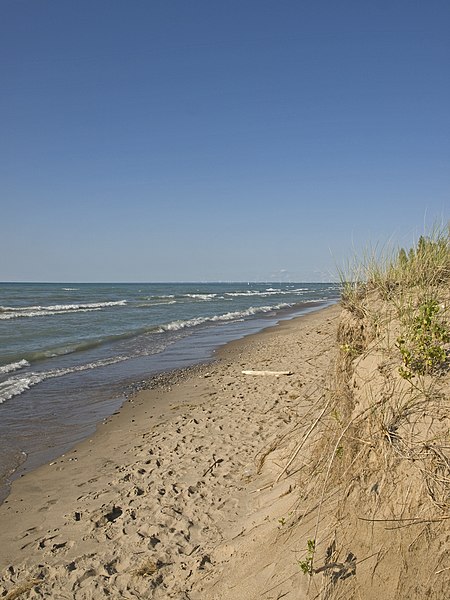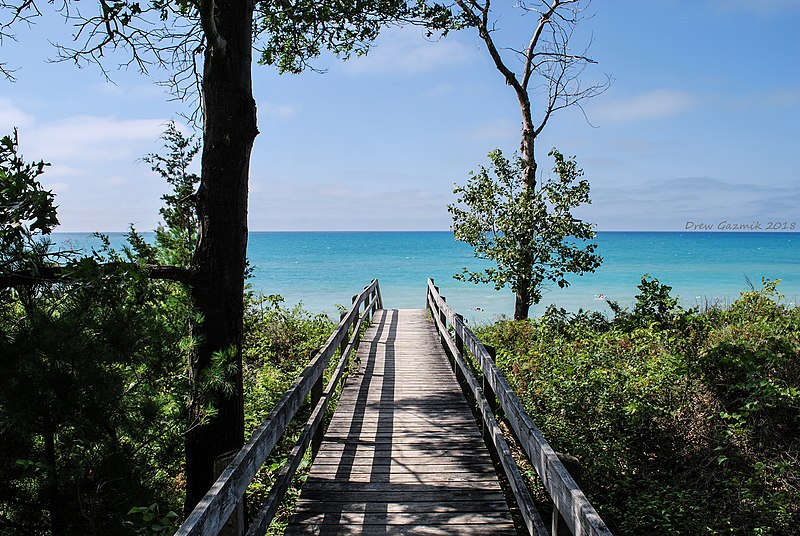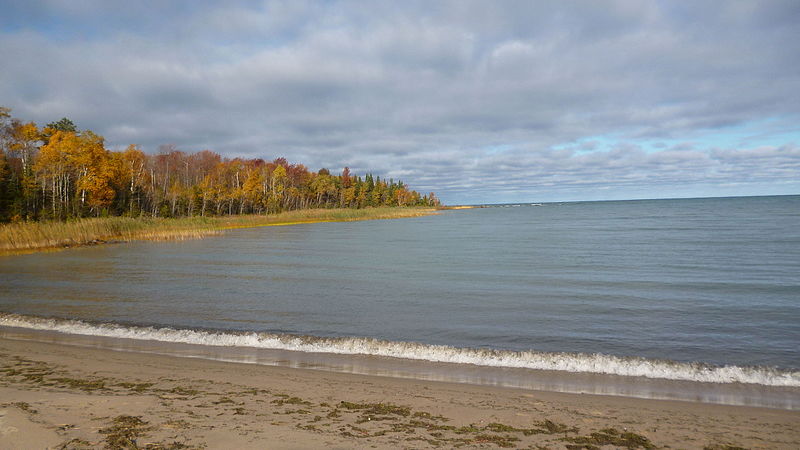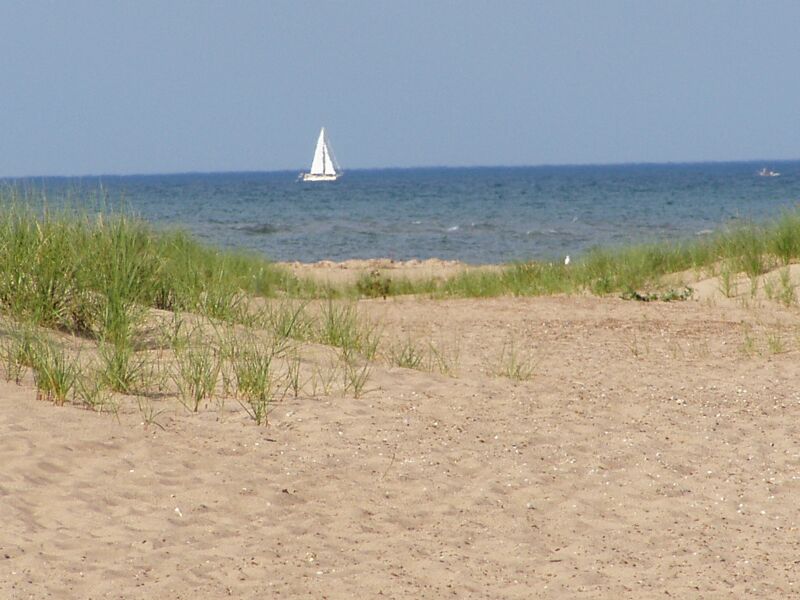Lake Huron
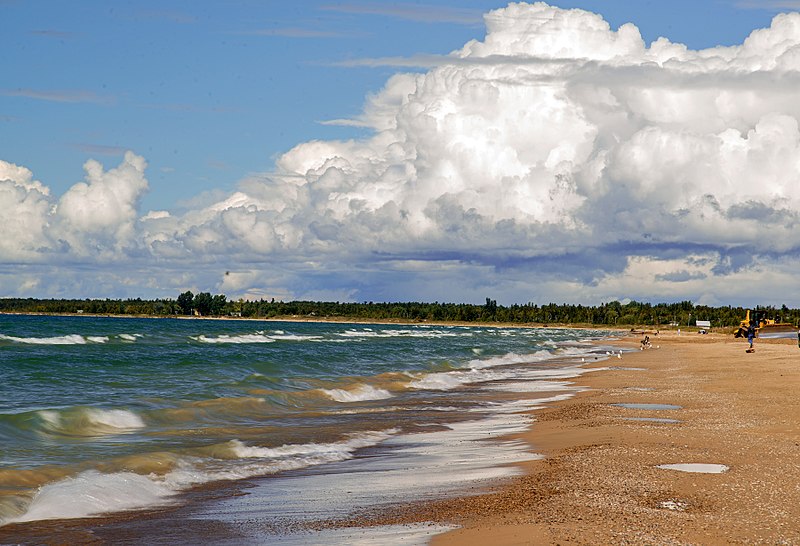
Facts and practical information
Lake Huron, straddling the border between the United States and Canada, is one of the five Great Lakes of North America and an iconic natural landmark. As the second-largest of the Great Lakes by surface area and the third-largest by volume, its vast waters span approximately 23,000 square miles, offering an array of recreational and ecological benefits.
Characterized by its clear blue waters and picturesque landscapes, Lake Huron is a haven for boating, fishing, and outdoor enthusiasts. The lake's shoreline features a mix of rocky outcrops, sandy beaches, and dense forests, which provide a habitat for diverse flora and fauna. It is also dotted with numerous islands, including the scenic Manitoulin Island, the largest freshwater island in the world.
Lake Huron is not only a hub for tourism and recreation but also plays a crucial role in the regional economy through its shipping routes and fisheries. It is connected to Lake Michigan by the Straits of Mackinac, and together they form the largest body of fresh water in the world.


